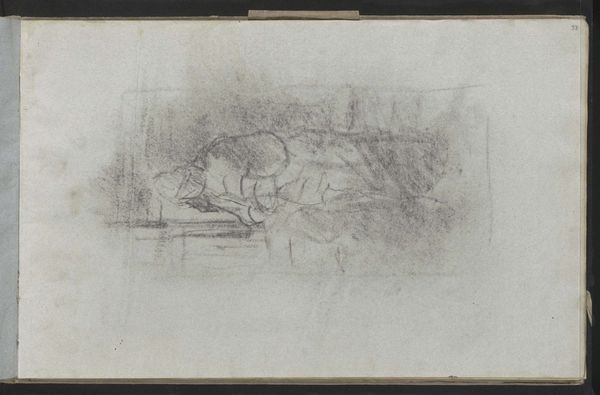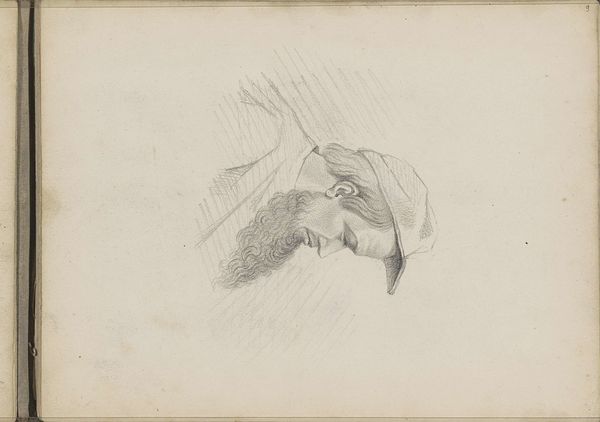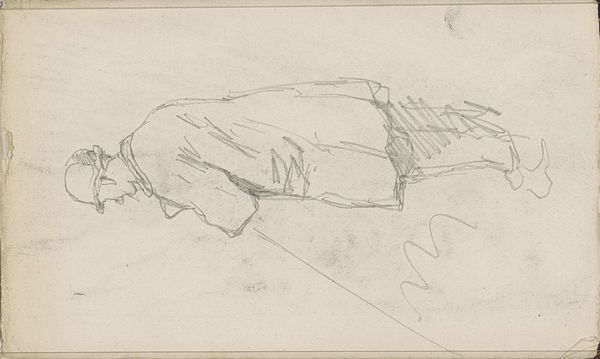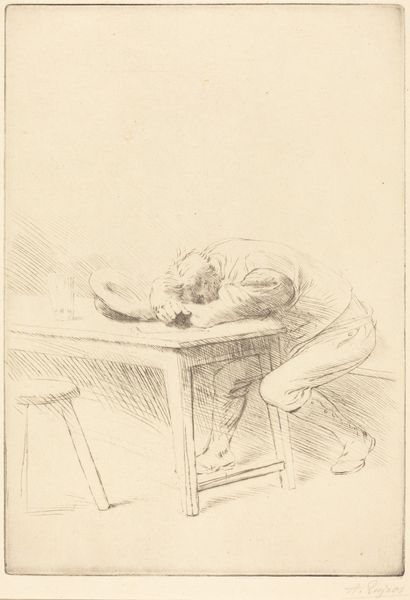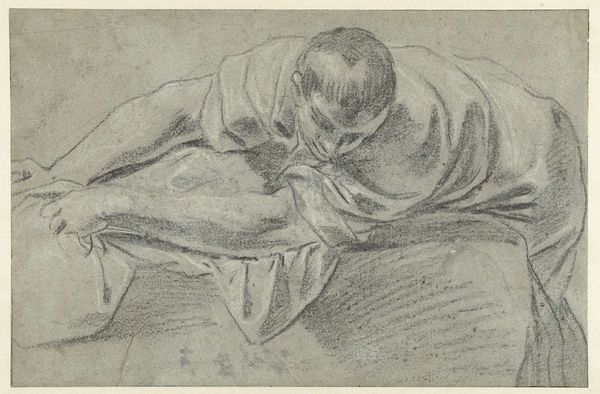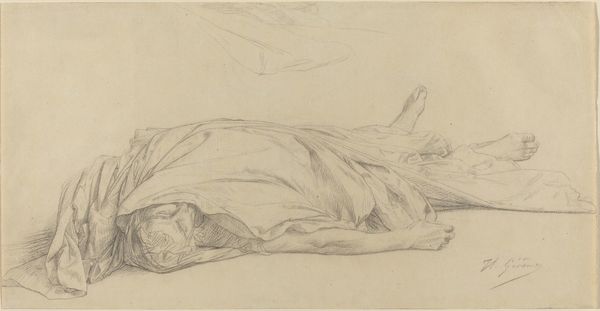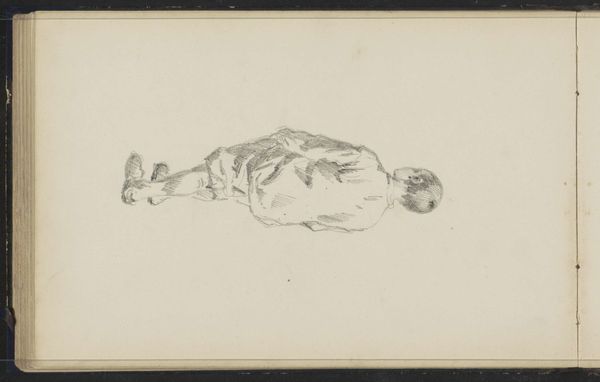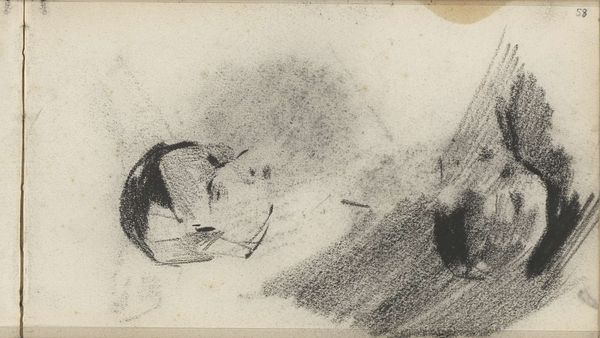
Draperiestudie voor het portret van een onbekende vrouw 1774 - 1837
0:00
0:00
charleshowardhodges
Rijksmuseum
drawing, pencil
#
portrait
#
drawing
#
pencil sketch
#
figuration
#
pencil drawing
#
pencil
#
academic-art
Dimensions: height 326 mm, width 281 mm
Copyright: Rijks Museum: Open Domain
Curator: Let's turn our attention to this drawing by Charles Howard Hodges, dating roughly from 1774 to 1837, entitled “Drapery Study for a Portrait of an Unknown Woman.” Editor: There's something so delicate about this work. Even incomplete, the folds of fabric hint at a certain status, and perhaps vulnerability? The light pencil work is fascinating. Curator: Indeed, focusing on the process, Hodges likely created this study to meticulously plan the texture and fall of the fabric in his larger portrait. Look at how the graphite is layered to achieve a sense of depth. Considering the materials available to Hodges, such drawings highlight his understanding of available means. Editor: It makes me consider the politics of portraiture at that time. Who was being immortalized and in what attire? The sitter’s unseen face invites a discussion of anonymity within systems of power, while the expensive nature of such cloth would signify bourgeoise and feminine gender norms of 18th Century Europe. Curator: Precisely. Academic art heavily relied on these exercises. We can appreciate the value of such “minor” works for showing the foundations for the production of larger more recognized and valorized paintings of the time. This method served not only aesthetics, but the very social structure it represented. Editor: Seeing just a snippet – fabric and a hand – I find myself pondering questions of labor. Who wove this material? What was the experience of the women, seen or unseen, who made and wore clothes like this? Curator: Yes, this simple sketch opens doors into numerous questions, which force us to consider the world this material emerged from. The interplay of Hodges technical skills with this artistic, historic process offer rich discussion points. Editor: Absolutely. Ultimately, it makes you aware of the lives behind the linen and labor inherent to creating portraits that signified class.
Comments
No comments
Be the first to comment and join the conversation on the ultimate creative platform.

